In Conversation With Sarah Green
last updated 13 March 2023
Interview by Nina Fiol
March is Women’s History Month, and so we sat down with Bright’s self-proclaimed “history buff” Sarah Green to discuss her artwork, childhood inspirations, and how she got started in her illustration career. Sarah’s portfolio of work includes many books on influential women throughout history, such as Julia Child, Dorthea Lange, and Ruth Bader Ginsburg, to name a few.
Here’s what Sarah’s agent, Anne Moore Armstrong had to say about working with Sarah:
“Sarah is such a thoughtful artist whose strength for research and history certainly is clear in the non-fiction picture book biographies she has illustrated. I love that she’s not afraid to use color, and each of her palettes are so pleasing and unique to each book.”

Talk us through your creative process. How do you approach a brief?
I always start with research. Since I’ve done a lot of books that are set in a specific time period, it’s easy to begin with the book’s era. I look up historical clothing and buildings for reference, but mainly I like to gather info on the illustration styles of the time period, i.e. lithography vs watercolor, etc. I love to build my color palette from those images and sometimes take on a few slight stylistic inspirations. From there I continue to collect image references in mood boards. Usually they are a little less literally related but visually evoke the spirit of the text. More often, I don’t think they appear connected to the final product to anyone but myself. It could be a use of color, a wisp of smoke, etc. Once I feel I’ve found the tone of the book I’m ready to get started on sketches.

Your work is aesthetically unique to you, how do you approach translating your ideas to the page?
There’s an interview with Hayao Miyazaki that really informs my process:
“[Roger Ebert] told Miyazaki I love the “gratuitous motion” in his films; instead of every movement being dictated by the story, sometimes people will just sit for a moment, or they will sigh, or look in a running stream, or do something extra, not to advance the story but only to give the sense of time and place and who they are.
“We have a word for that in Japanese,” he said. “It’s called ma. Emptiness. It’s there intentionally.” […]He clapped his hands three or four times. “The time in between my clapping is ma. If you just have non-stop action with no breathing space at all, it’s just busyness, But if you take a moment, then the tension building in the film can grow into a wider dimension. If you just have constant tension at 80 degrees all the time you just get numb.”
That thought really reshaped how I wanted to approach pacing a book. I love having moments of calm in my picture books where the “camera” focuses on the objects, household scenes, etc. I find it allows the tone to settle a bit, have a beat of reflection, and look at the identity of the characters through their objects. I imbue a lot of my personality into my own home decor, so I love giving that to my characters as well. What kind of fabrics would they have? What kind of furniture? What do they put on their shelves? What do they wear? That’s all to say that much of my visual translations come about by thinking of a book like a small film. We zoom in, we zoom out, we see the landscape, we see their imagination at work, we see their lives.

Who/What have been your key influences as an illustrator?
Contemporarily, I love the work of Carson Ellis, Julia Sarda, Rebecca Green, and Felicita Sala. All of their work has so much texture and personality to it. Growing up, I think I read “Snowy Day” by Jack Ezra Keats and “Harold and the Purple Crayon” by Crockett Johnson about a thousand times each. Both books were really about the very simple power of imagination and I think a large part of why I became an illustrator, especially the Harold books. Bringing stories to life and all that. Outside of illustration, I’m really drawn to the paintings of Hilma af Klimt–although I would still categorize her work as illustrative. There’s often this very hard line drawn between painting and illustration that I take issue with. Painting is also a medium, so sometimes what we box up as “fine art”, I actually feel is much more illustrative. Hilma af Klimt used a lot of narrative in her work, and was, in my opinion, illustrating new concepts about physics and spiritualism that were being discussed at the end of the 20th century. Her work is really fascinating to me for that reason, and I adore her colorwork. I brought a lot more purple into my palette after seeing her paintings.

How did you begin your career in illustration?
By about mid-high school, I knew I wanted to pursue art school. I’d been taking lots of summer courses in art since about middle school, having never really gotten enough of it, but I was also drawn to storytelling. Art always felt like a true companion to narrative. Growing up, I was obsessed with books on tape because they allowed me to draw and hear stories at the same time. (I still heavily listen to audiobooks during most book projects) My mom would take me to hear a traveling storyteller, Joel ben Izzy, whenever he was in town, and so I had a lot of exposure to the transportive power of narrative. So I always knew that art was for me, but I really wanted storytelling to be a part of that. Illustration was a really natural fit, and picture book making followed.
I ended up in the Rhode Island School of Design’s (RISD) Illustration Department and took some great classes that really filled out my portfolio so that I could start applying for agents not long after graduating. I really liked the artists that Bright represented, and the rest was history!
What’s your favorite part of the illustration process?
Color for sure. I love oil painting when I’m not working on my illustrations, which are digital. Oils are a wet medium, and the color blending you can get is so exciting. When I was doing traditional gouache illustration, I would try to replicate that and it wouldn’t be quite what I wanted. But with digital, I’m able to blend what I love about oil paint with what I enjoyed about gouache and put in lots of fun, unexpected colors. I blend with a lot of blues and oranges. Sketching, for me, is the “job” part of this job. I can enjoy it, but really I’m just itching to jump in with color.

To an up-and-coming artist, what’s one piece of advice you would give?
Creative jobs are really about problem solving. When I get a brief, it’s like a puzzle or a maze. I have to find the right starting point and work out how to get to the core of the story. So if it’s a topic that I don’t really know anything about, then I try to turn it into an opportunity to come at it from a new way. I had a book about female athletes (“We Got Game”) and at first I was like, “geez, I don’t know a thing about sports.” But I came at it by studying color theory in sportswear and developed a limited palette that connected each illustration. Another example was in my upcoming book, “Josephine and her Dishwashing Machine”. I use my dishwasher every day, so it was exciting to get a brief that was telling the story of a female inventor and the history of something that is in our daily lives but we don’t think about it. But at the same time, I was quite daunted by the idea of having to do a lot of mechanical looking illustrations. Instead, I started thinking about how the book was really about freeing up time for women, and how Josephine was inspired to invent a machine that would allow her to go outside and be gentle on her beautiful homewares. From there, I developed an “inside/outside” theme, where Josephine is her happiest when she can be outside with her dogs (who I came up with as stand ins/reflections for Josephine’s emotions), and when inside she’s often feeling confined. Then I started researching Victorian plates and fine china, and all the decorations that were possible, and the book really sprang to life from there. Which is to say that my main advice is: be a problem solver. If you’re stuck, come at it from another angle. There’s always a way through.

What would be your dream brief?
I would love to do a book that was fully set somewhere outside, in the woods or somewhere that I could just fully lean into the landscape and get to go all in on organic, lush illustrations. That said, I also really had so much fun doing all the food illustrations in “Born Hungry” that a part of me is like… can I just illustrate a cookbook?

Big thank you to Sarah for taking the time to chat with us. Sarah is represented by Anne Moore Armstrong. To work with Sarah, please get in touch with Anne here.

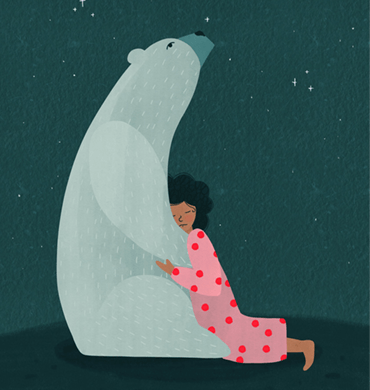 How we work
How we work
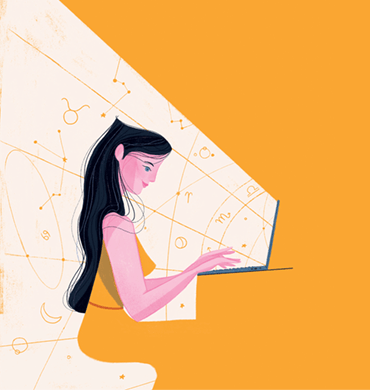 What we do
What we do
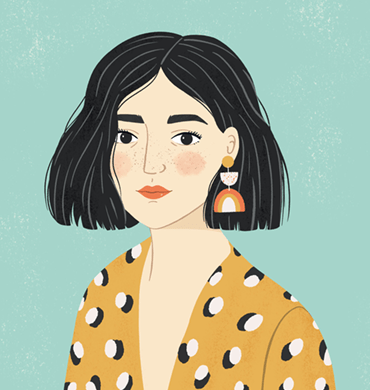 Meet the team
Meet the team
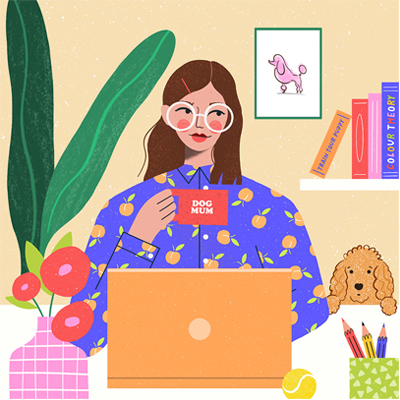 Enquiry
Enquiry
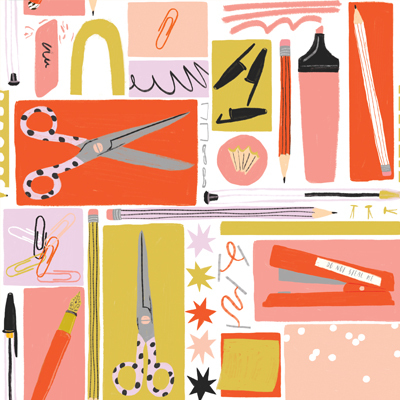 Submissions
Submissions
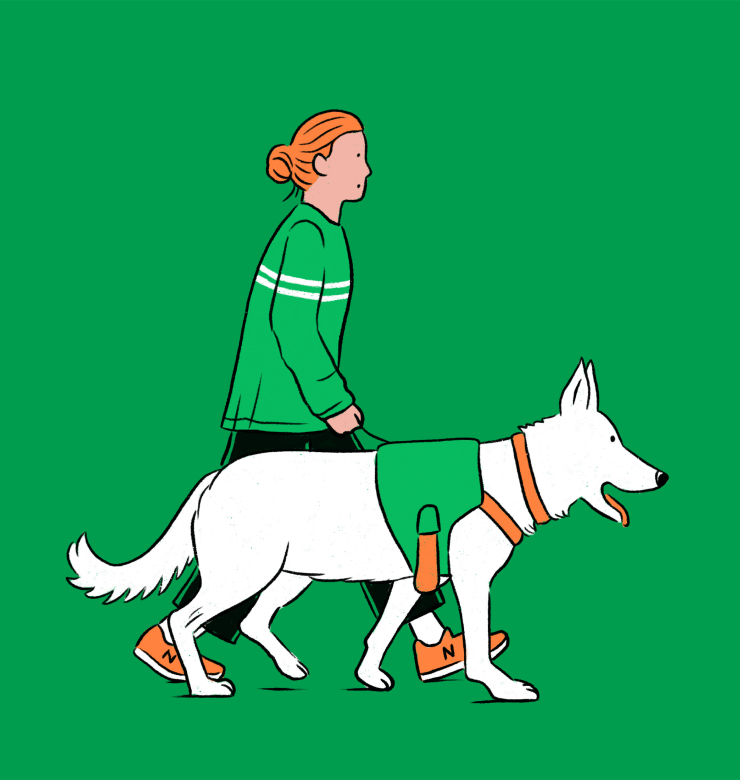 Artists
Artists
 Agents
Agents
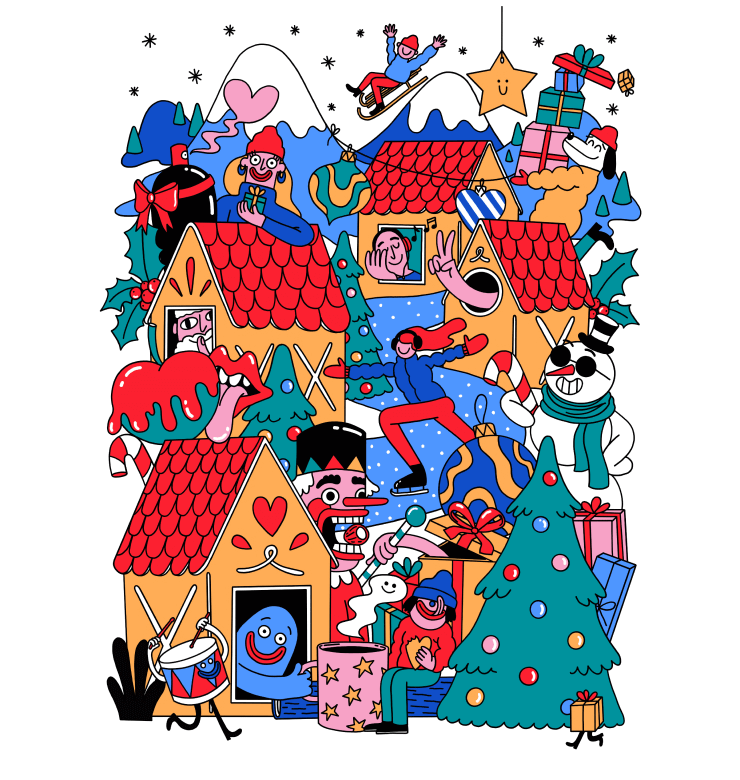 Collections
Collections
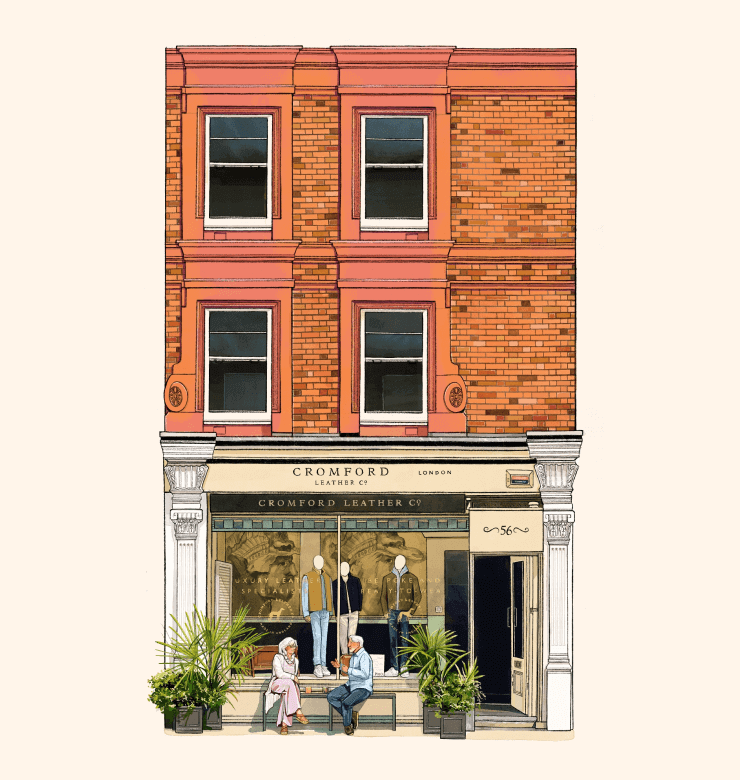 Submissions
Submissions
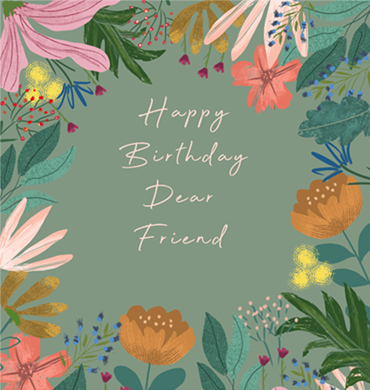 Artists
Artists
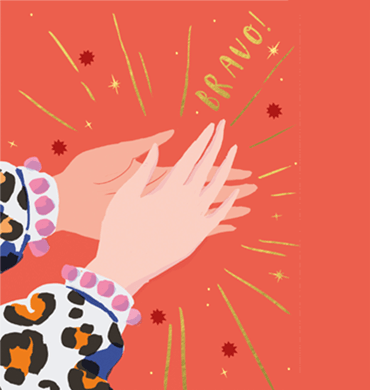 Agents
Agents
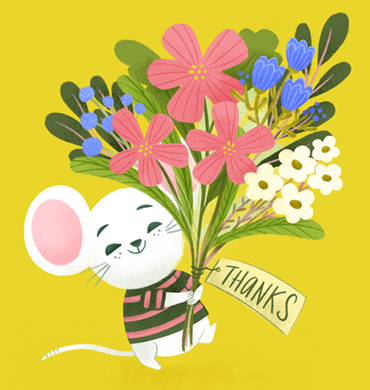 Collections
Collections
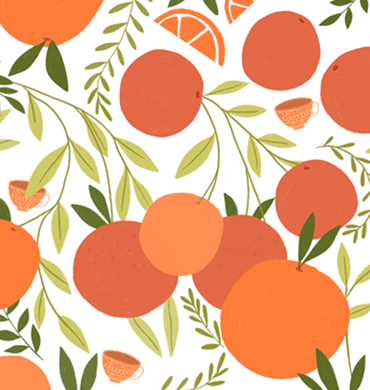 Submissions
Submissions
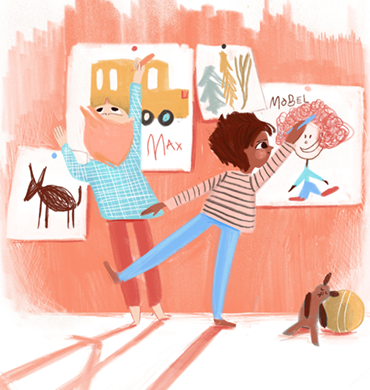 Authors
Authors
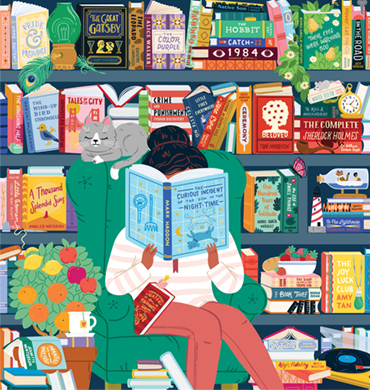 Artists
Artists
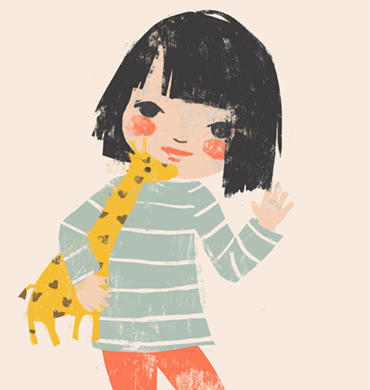 Agents
Agents
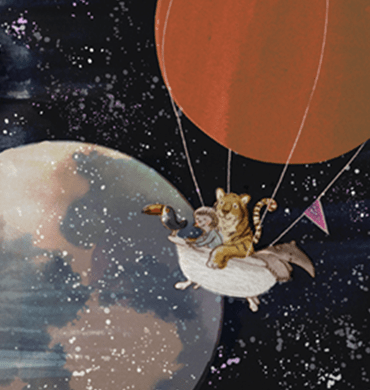 Collections
Collections
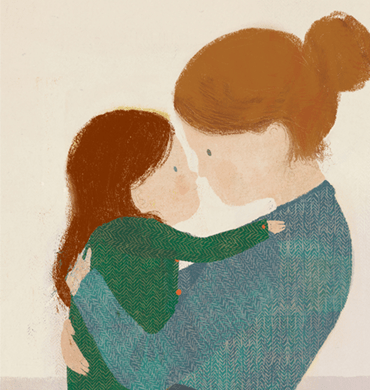 Submissions
Submissions
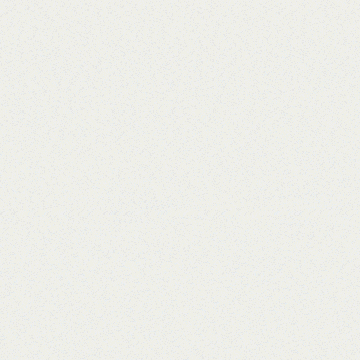 Animators
Animators
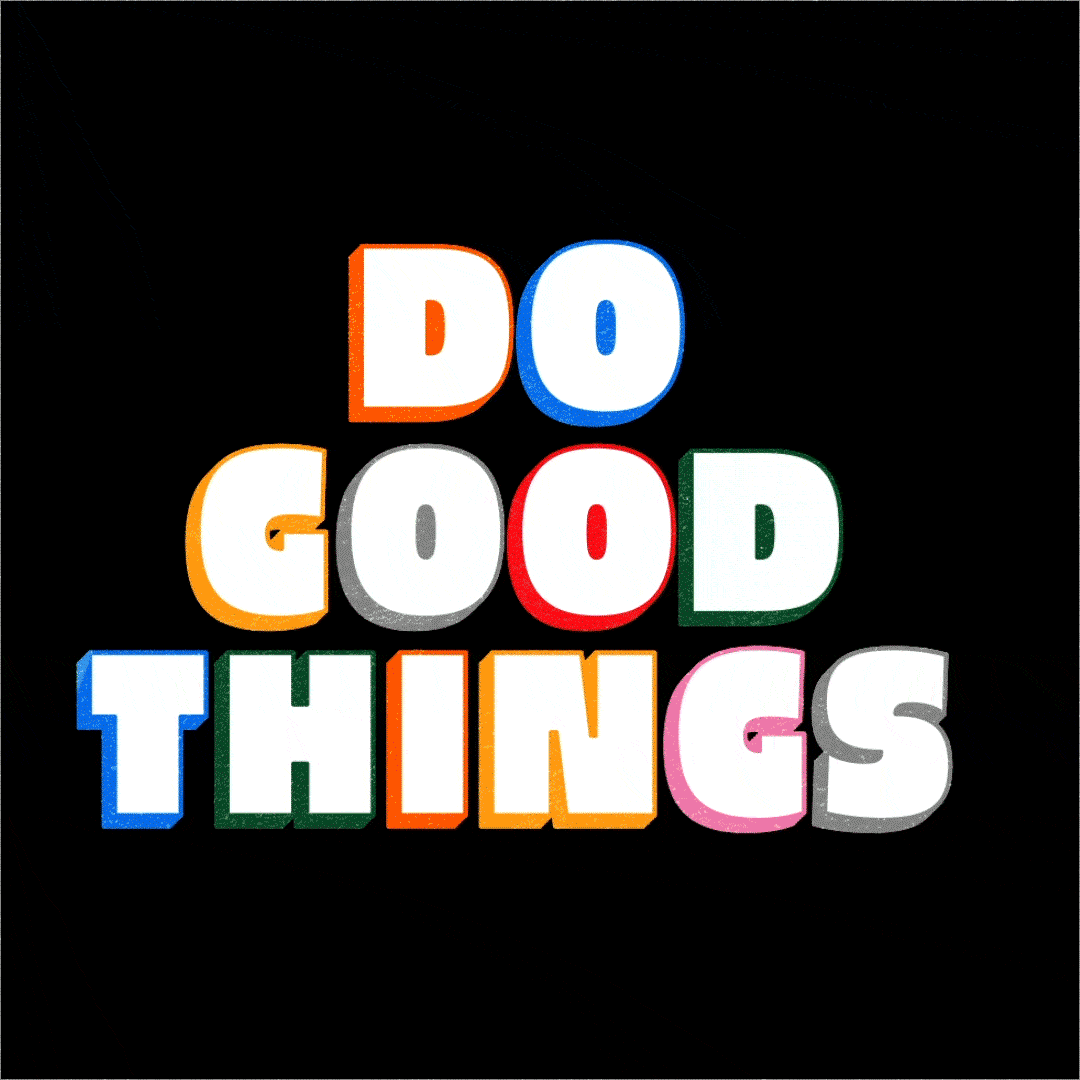 Agents
Agents
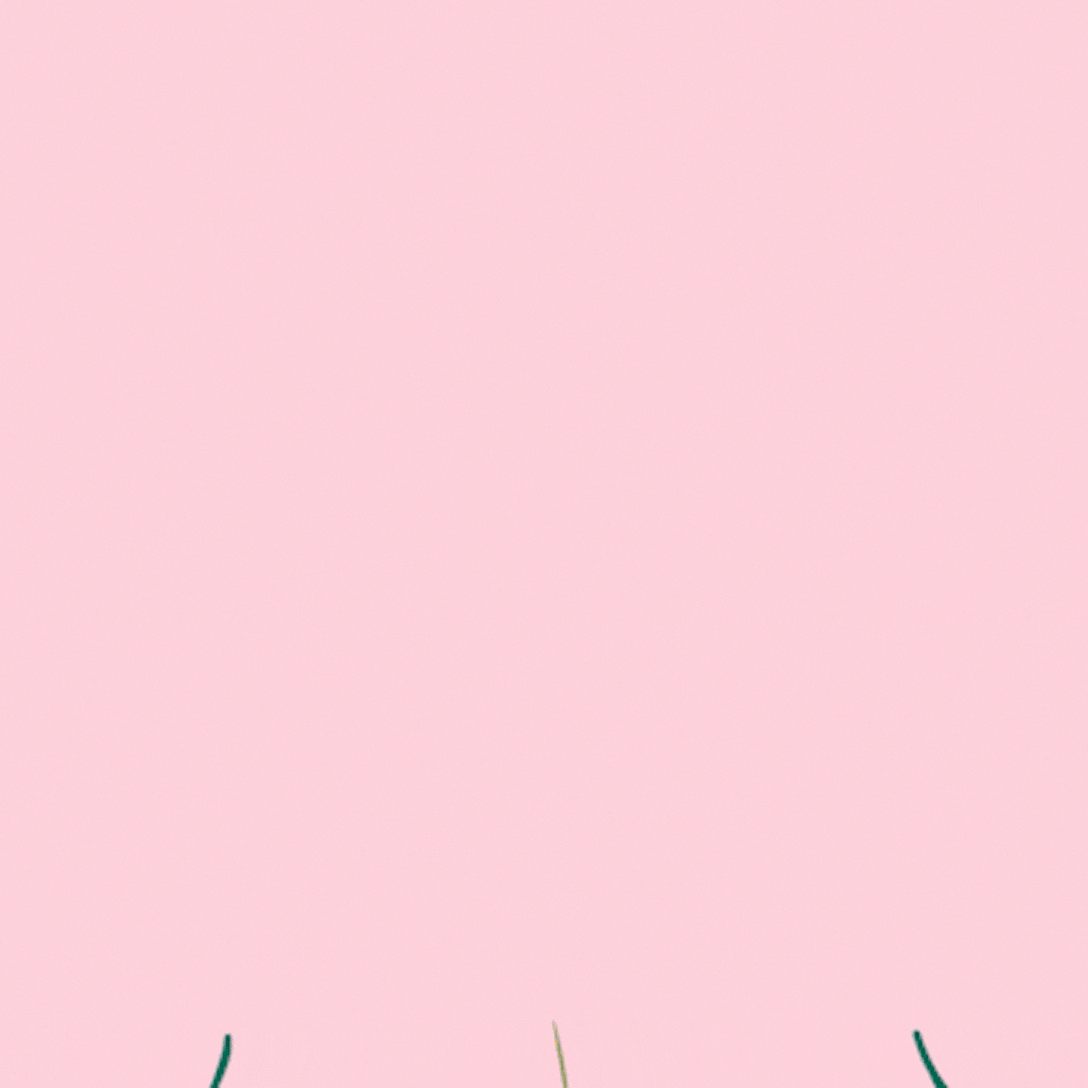 Collections
Collections
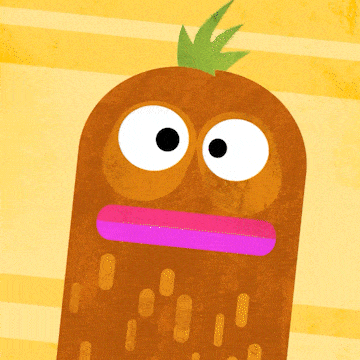 Submissions
Submissions
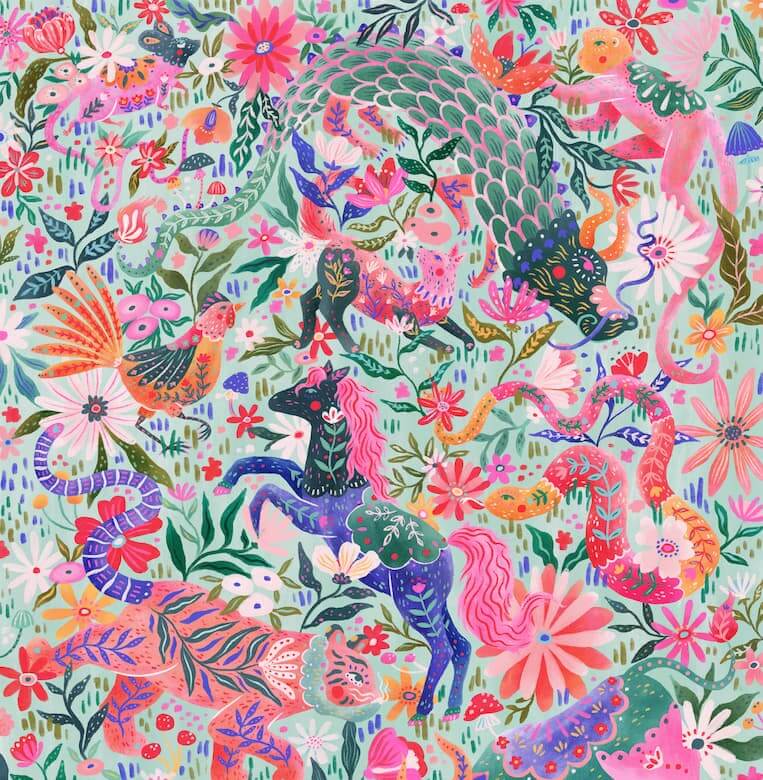 Artists
Artists
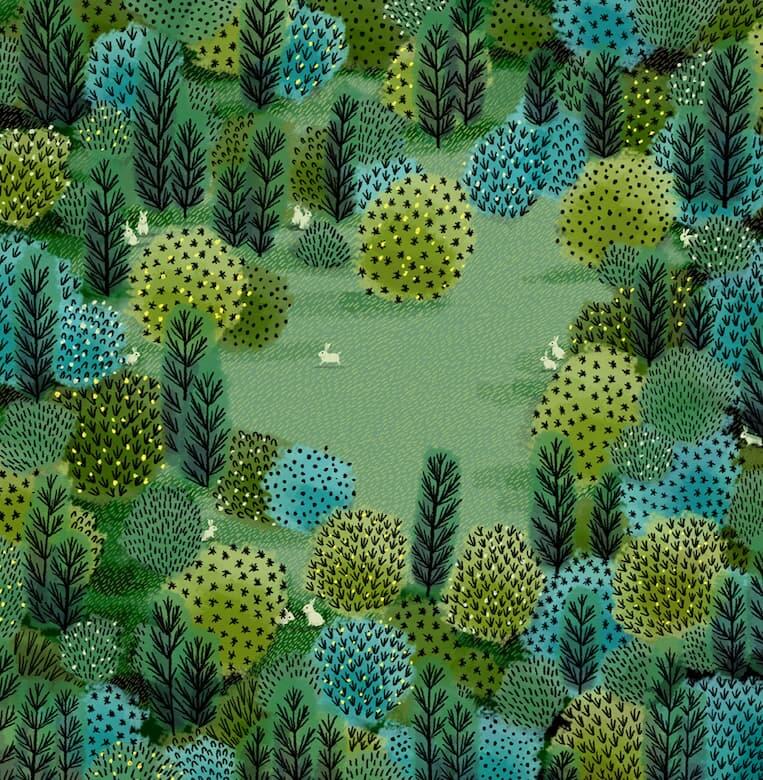 Agents
Agents
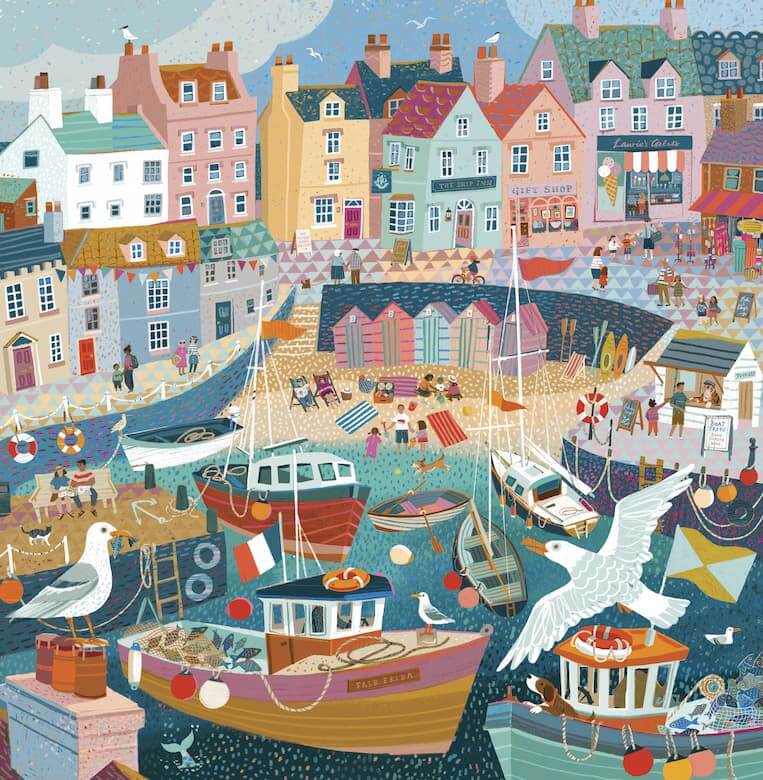 Collections
Collections
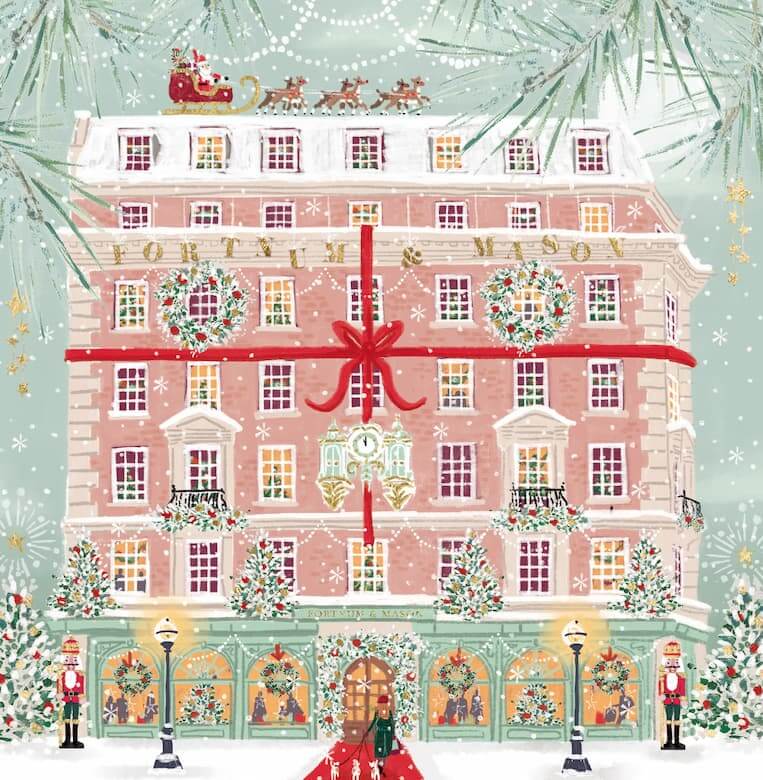 Submissions
Submissions
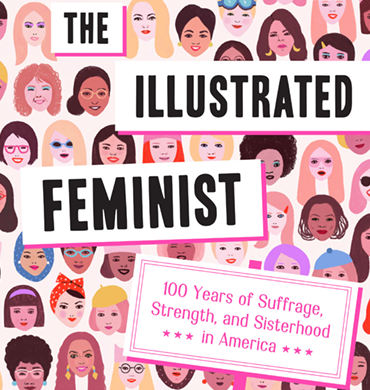 Authors
Authors
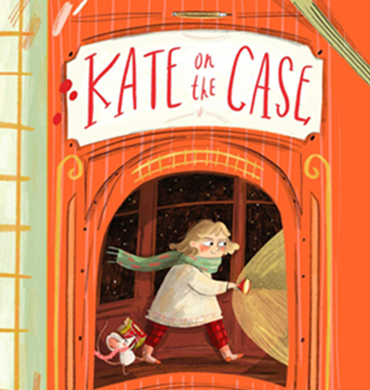 Agents
Agents
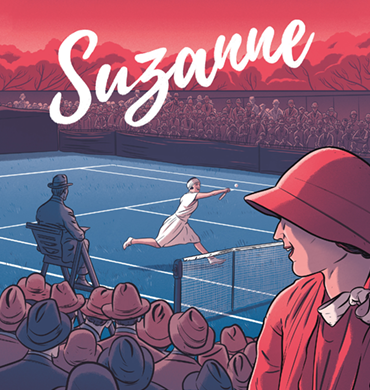 Submissions
Submissions
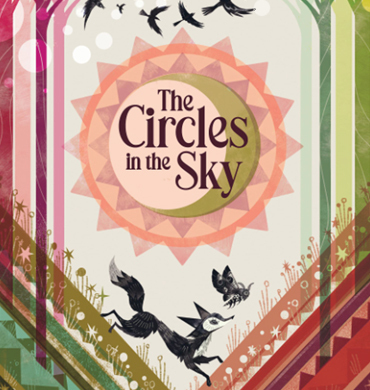 Blog
Blog